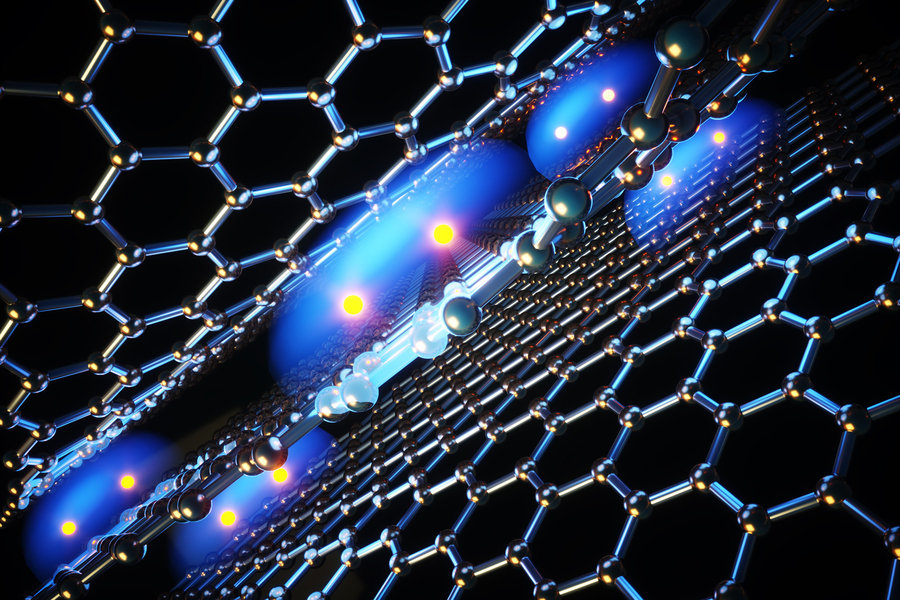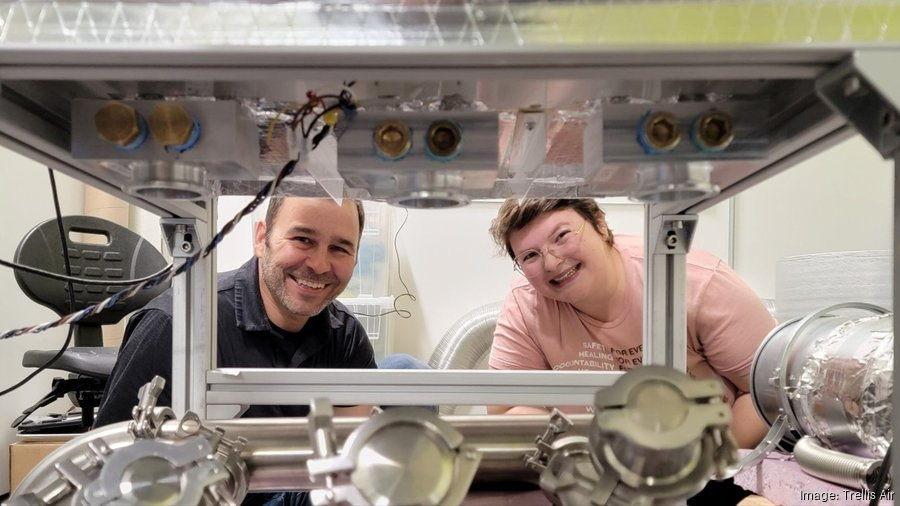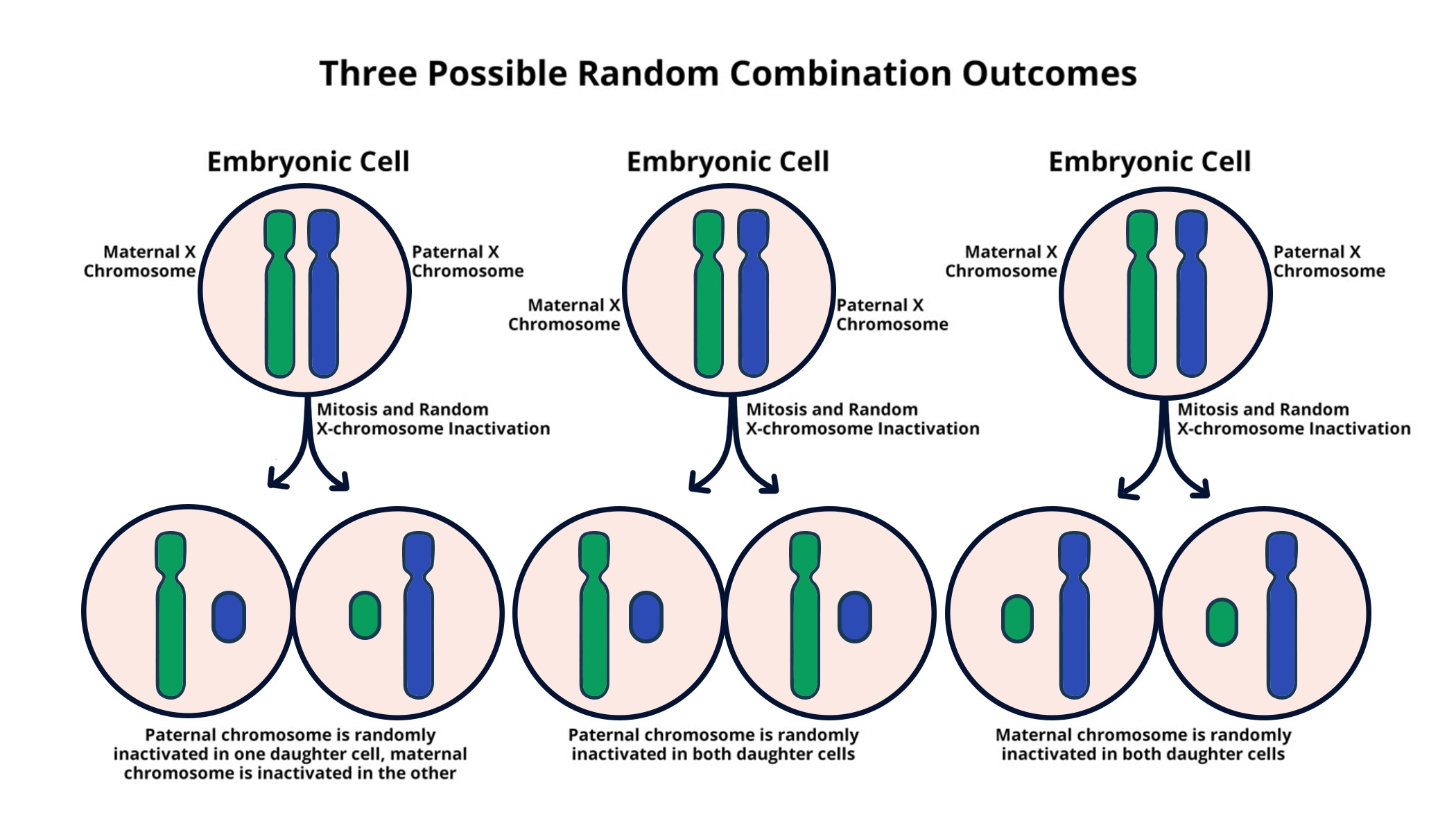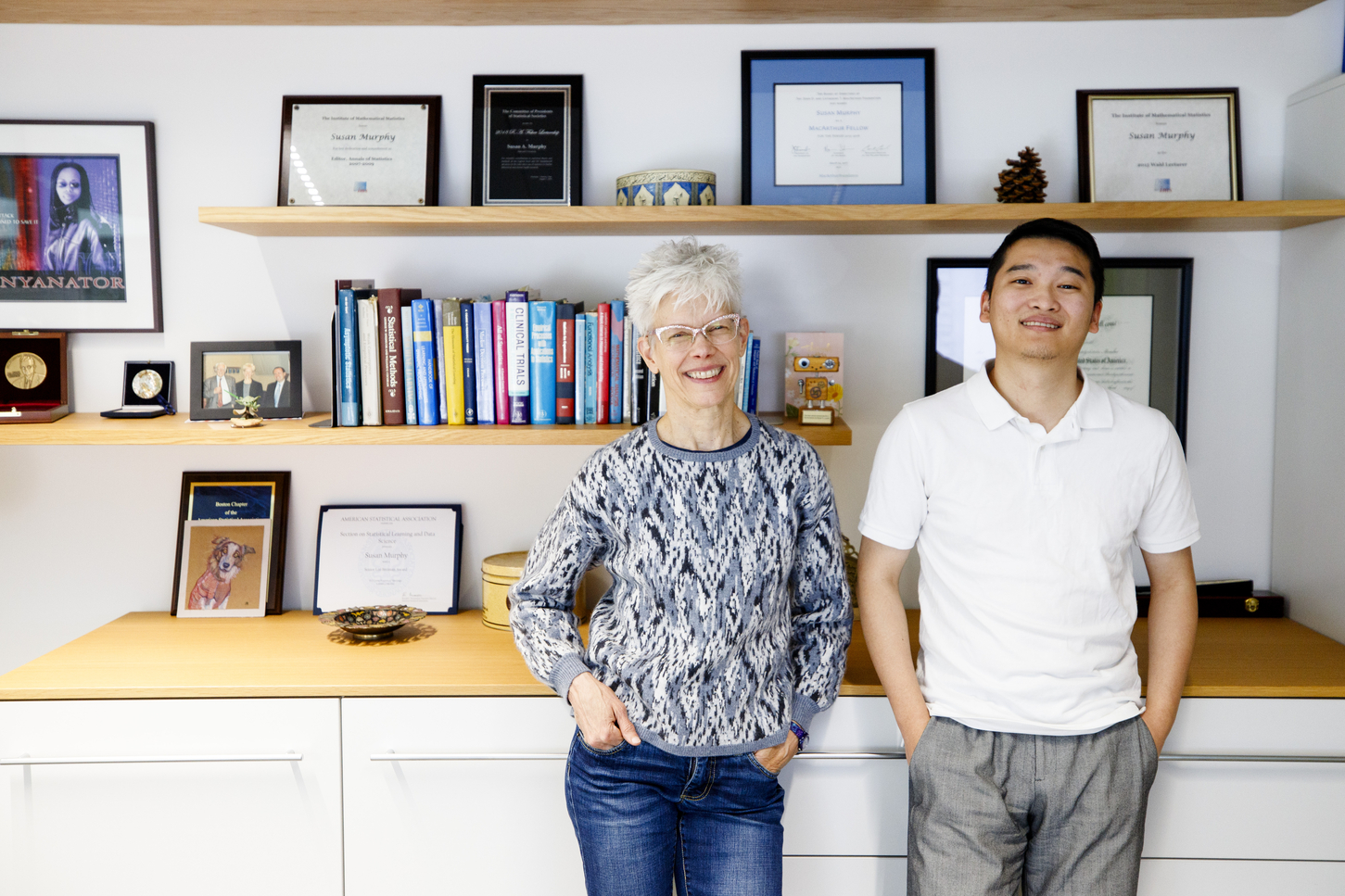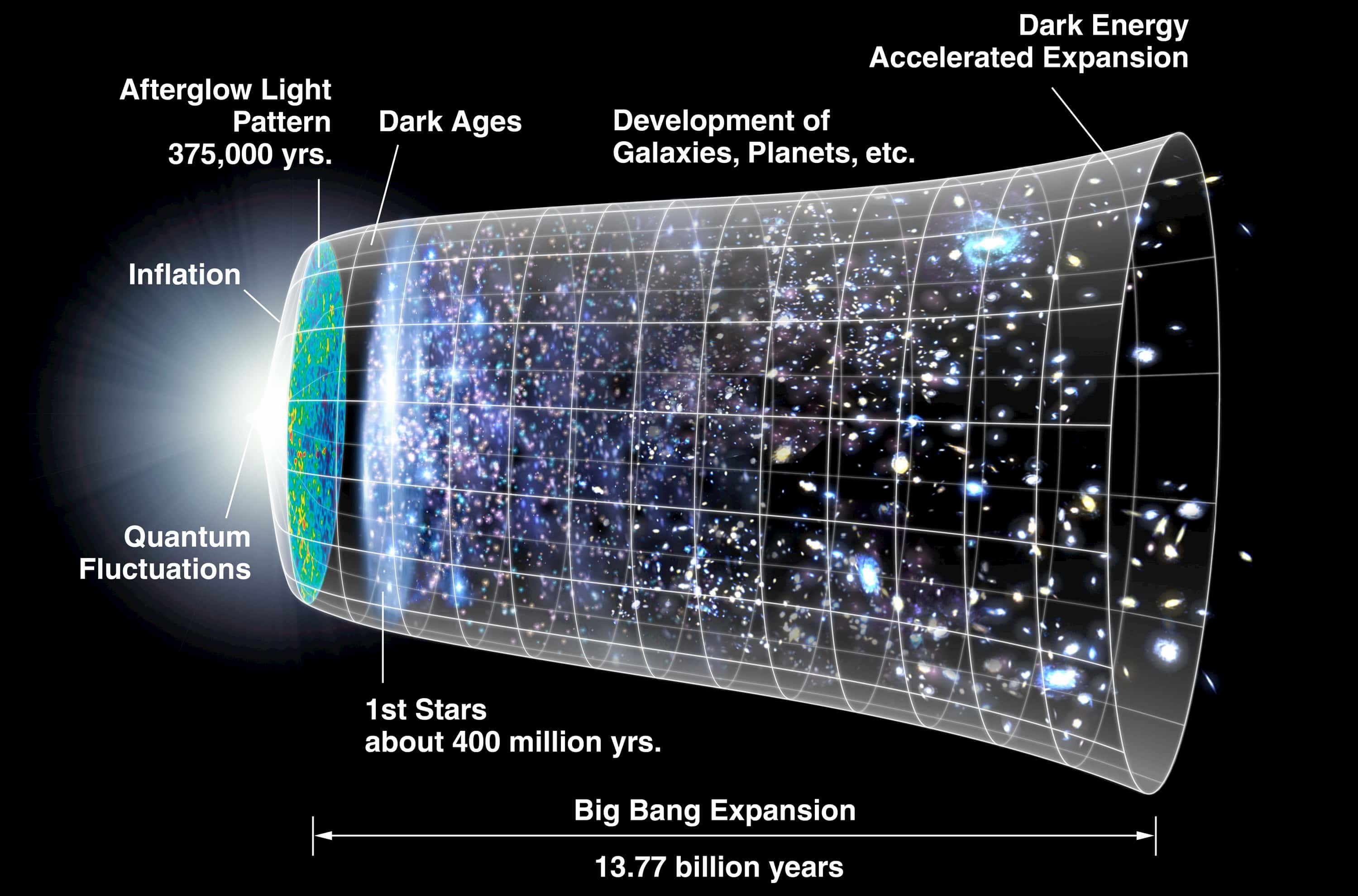Twisted graphene superconductors are at the forefront of innovative research that could revolutionize our understanding of superconductivity in graphene and its practical applications. These unique materials exhibit remarkable superconducting properties, enabling lossless power transmission and facilitating advancements in magnetic levitation technology, such as levitating trains. The implications of integrating twisted graphene into quantum computing systems are particularly exciting, as they could lead to quantum devices that operate with unprecedented efficiency. Furthermore, energy-efficient detectors crafted from twisted graphene could significantly enhance our capabilities in space exploration, responding to the urgent need for high-resolution instruments that consume minimal power. As scientists delve deeper into the behaviors of superconducting electrons within these twisted stacks, the potential for groundbreaking discoveries remains vast and uncharted.
Exploring superconducting materials, specifically those derived from twisted layers of graphene, opens new avenues for advanced technologies. Known as a remarkable two-dimensional material, graphene’s unique properties are amplified through strategic twisting, resulting in enhanced superconductivity phenomena. This innovation could lead to the development of sustainable energy solutions, including lossless power transmission and advanced magnetic levitation systems for transportation. Moreover, the intricacies of quantum behaviors in these materials may transform the landscape of quantum information processing and computing. As researchers continue to uncover the mysteries behind these superconductors, they aim not only to improve existing technologies but also to create new devices for applications in fields as diverse as astrophysics and beyond.
The Game-Changing Potential of Twisted Graphene Superconductors
Twisted graphene superconductors represent a remarkable frontier in the field of superconductivity. Researchers have begun to uncover the unique properties of these materials that allow for unprecedented levels of conductivity without resistance. This capability is particularly vital for applications requiring lossless power transmission, which can transform conventional electrical systems into more efficient networks. By harnessing the quantum mechanical properties of twisted graphene, scientists believe we could see a new era of energy efficiency, where electricity could move long distances without ever losing power.
Moreover, the potential applications of twisted graphene superconductors extend beyond mere energy transmission. These materials could revolutionize transportation systems, particularly in the development of levitating trains that glide smoothly without friction. The advantages of such systems include reduced energy costs and increased travel speeds, resulting in enhanced public transportation efficiency. Coupled with advancements in quantum computing, twisted graphene superconductors may pave the way toward supercomputing solutions that leverage quantum bits (qubits) for complex calculations, making previously unthinkable computations routine.
Superconductivity in Graphene: Understanding the Quantum Dance
The phenomenon of superconductivity in graphene, especially in its twisted form, represents a rich area for scientific inquiry. The interactions among electrons in these materials exhibit a ‘quantum dance’ that fundamentally differs from traditional superconductors. Researchers are fascinated by why electrons, which generally repel one another due to their negative charge, can overcome this natural tendency to form paired states at low temperatures. This behavior is essential to understanding superconductivity’s origins and ultimately optimizing these materials for practical applications.
Experimental methods, such as using microwaves to delve into the resonant vibrations of superconducting electrons, allow researchers to gain insight into this pairing mechanism. The comparison to a glass harp illustrates how nuanced these interactions are; just as different water levels create unique musical tones, variations in the electron ‘superfluid’ can yield vital information about how pairing occurs within twisted graphene. The differences in directional forces acting on the pairings suggest that these interactions could be similar to those seen in high-temperature superconductors, a subject of ongoing study that could unlock even more applications.
Applications of Twisted Graphene in Quantum Computing
Quantum computing stands to benefit significantly from the unique characteristics exhibited by twisted graphene superconductors. As technology advances, the need for stable, efficient qubits becomes paramount, and twisted graphene offers a promising solution. The ability of superconducting electrons to function without loss can provide a robust platform for the qubit operations needed in quantum processors, resulting in heightened reliability and performance.
In addition to providing qubit stability, twisted graphene could facilitate the rapid processing of quantum information. Its unique properties allow for faster electron pairings and coherence times that exceed those currently observed in existing quantum materials. This advantage is crucial as we continue to develop energy-efficient quantum computers capable of complex problem-solving and simulations, ranging from cryptography to modeling biological systems, showcasing the transformative potential of this innovative material.
Energy-Efficient Detectors and Space Exploration
The application of twisted graphene superconductors in energy-efficient detectors heralds a new chapter in space exploration technology. As NASA and other space agencies aim to explore the far reaches of our solar system, the demand for sophisticated detectors that operate under minimal energy constraints becomes critical. Twisted graphene’s properties may lead to the development of ultrasensitive detectors capable of capturing faint signals in the near vacuum of space.
These detectors would ideally combine minimal power consumption with high-resolution capabilities, making them ideal for use in spacecraft that rely on providing detailed data back to Earth. The lightweight nature of graphene also ensures that these detectors do not add significant weight to space missions, which is a crucial factor in designing efficient and cost-effective exploratory vehicles.
Revolutionizing Lossless Power Transmission with Graphene
The pursuit of lossless power transmission has long been a goal in electrical engineering, and twisted graphene superconductors may be the key to achieving this objective. By minimizing resistive losses during electric power transmission, these advanced materials can potentially lower operation costs and improve the efficiency of power delivery systems. The implications for the energy sector are profound, as such improvements could lead to far less energy being wasted in transit.
Moreover, the integration of twisted graphene into existing power grids could facilitate the transition to renewable energy sources. With better transmission capabilities, renewable energies such as solar or wind could be harnessed more effectively, transmitting power over long distances without significant losses. This advancement would represent a substantial leap toward more sustainable energy systems globally, emphasizing the importance of ongoing research into the applications of twisted graphene superconductors.
The Future of Transportation: Levitating Trains Inspired by Graphene
Twisted graphene superconductors are poised to redefine transportation, particularly through innovations such as levitating trains. These systems, which utilize magnetic levitation, could become faster and more efficient by leveraging the properties of superconductors. By reducing friction and energy consumption significantly, transportation could become more efficient, leading to decreased travel times and lower operational costs.
The ability to achieve high speeds while maintaining energy efficiency will appeal to urban planners and transportation officials looking to modernize infrastructure. As cities expand, the need for effective commuter systems becomes paramount; twisted graphene could provide a solution for sustainable transportation in heavily populated urban areas, offering a response to the challenges of congestion and pollution.
Understanding Electrons: The Glue of Superconductivity
The intricate interplay between electrons in twisted graphene is essential in deciphering the principles of superconductivity. Researchers are studying how these electrons, which typically repel one another, can form stable pairs under the right conditions. This pairing mechanism is akin to a ‘glue’ that holds them together, allowing them to flow freely without energy loss. Understanding this interaction is critical to unlocking the full potential of superconducting materials.
Recent findings suggest that the directionality of this adhesive force varies, indicating complex behaviors not yet fully understood. These insights could unravel how electron pairings occur in twisted graphene and other superconductors, potentially leading to breakthroughs in material science and technology. By thoroughly investigating these quantum behaviors, scientists aim to develop materials that can effectively harness superconductivity for various applications.
Collaborative Research: A Multidisciplinary Approach to Superconductivity
The discovery of superconductivity in twisted graphene is a result of collaboration among physicists, engineers, and material scientists from premier institutions. This multidisciplinary effort highlights how different areas of expertise can converge to tackle complex challenges in superconductivity. By combining theoretical models, experimental validations, and technological developments, researchers can push the boundaries of published knowledge and accelerate innovations that could reshape industries.
As these collaborative teams work, they explore the unexpected properties of twisted graphene and the applications they enable. This comprehensive approach not only enhances our understanding of superconductivity but also leads to tangible advancements in quantum computing, energy efficiency, and space exploration technologies. The importance of such research cannot be overstated, as it lays the groundwork for future scientific breakthroughs that could have a lasting impact on society.
Funding and Support: Driving Innovation in Superconductivity
Support from governmental organizations, such as the U.S. Department of Energy and the National Science Foundation, has been pivotal in driving research on twisted graphene superconductors. This funding enables scientists to undertake extensive studies, purchase advanced equipment, and collaborate on innovative projects. The backing of such institutions recognizes the vital role that materials science plays in national and global advancement.
With sufficient funding and resources, researchers can explore the vast potential of twisted graphene further, paving the way for breakthroughs that could alter our understanding of superconductivity and its applications in various fields. Investing in this research not only fosters scientific discovery but also positions countries as leaders in technology development and innovation, ensuring that they remain competitive in an ever-evolving global landscape.
Frequently Asked Questions
What are the potential applications of twisted graphene superconductors in quantum computing?
Twisted graphene superconductors exhibit unique superconducting properties that could greatly enhance quantum computing. Their ability to support lossless power transmission allows for faster and more efficient qubit operations, improving computational speeds and energy efficiency in quantum systems.
How do twisted graphene superconductors contribute to lossless power transmission?
Twisted graphene superconductors can transmit electricity without resistance, making them ideal for lossless power transmission applications. This property not only increases efficiency in power grids but also enables technologies like levitating trains, which rely on efficient electromagnetic systems.
What role could twisted graphene superconductors play in developing energy-efficient detectors for space exploration?
Twisted graphene superconductors may serve as the foundation for ultrasensitive, energy-efficient detectors used in space exploration. Their high-resolution capabilities and low power consumption make them perfect for detecting faint signals in the near vacuum of space, where traditional detectors may falter.
Why is the study of superconductivity in twisted graphene important for future technologies?
Researching superconductivity in twisted graphene is crucial as it could unlock new technologies, such as high-performance quantum computers and advanced energy-efficient power systems. Understanding how the unique properties of twisted graphene affect superconductivity helps pave the way for innovations in various fields.
How do twisted graphene superconductors compare to conventional superconductors in terms of electron behavior?
The electron behavior in twisted graphene superconductors is markedly different from conventional superconductors. In twisted graphene, electrons exhibit a unique pairing mechanism, influenced by quantum mechanics, which allows them to flow without energy loss, contrasting with the behavior observed in traditional materials like aluminum.
What mechanisms allow twisted graphene superconductors to bind electrons together?
In twisted graphene superconductors, electrons interact in a way that creates a ‘glue’ force, binding them into pairs. This pairing occurs due to a complex interplay of slow electron movement and quantum effects, which is still being studied to fully understand its implications for superconductivity.
Can twisted graphene superconductors revolutionize levitating train technology?
Yes, twisted graphene superconductors have the potential to revolutionize levitating train technology by providing lossless power transmission, which is essential for efficient magnetic levitation systems. This technology could lead to faster, quieter, and more energy-efficient transportation solutions.
What recent discoveries have researchers made regarding twisted graphene superconductors?
Recent discoveries about twisted graphene superconductors include unexpected insights into how electrons form pairs and the directional nature of their adhesive forces. These findings may inform future research on superconductors and their applications in various technological advancements.
| Key Points | Details |
|---|---|
| Twisted Graphene Superconductors | Research reveals unusual superconducting behavior in twisted stacks of graphene, enhancing potential applications in various fields. |
| Applications | Potential for lossless power transmission, levitating trains, quantum computing, and energy-efficient detectors for space exploration. |
| Historical Context | Superconductivity was first discovered in 1911; Graphene discovered in 2004; significant research developments in recent years. |
| Key Researchers | Team from Harvard, MIT, and Raytheon-BBN Technologies; includes authors like Zeyu Hao and Pablo Jarillo-Herrero. |
| Research Methods | Utilization of microwave technology to study resonant vibrations of superconducting electrons. |
| Future Perspectives | Investigating pairing mechanisms of electrons in twisted graphene could provide insights into superconductivity. |
Summary
Twisted graphene superconductors represent a groundbreaking advancement in the field of materials science, offering promising implications for lossless power transmission, advanced quantum computing, and innovative energy solutions. As researchers delve deeper into the peculiar behaviors exhibited by these superconductors, they could unlock new understandings of electron interactions and propel the development of technologies that utilize minimal energy while maximizing efficiency. This potential makes twisted graphene superconductors a topic of great interest in both scientific research and practical applications.

